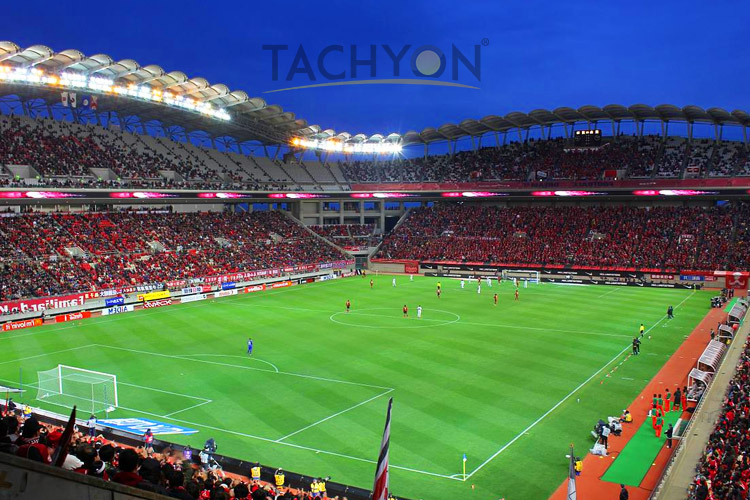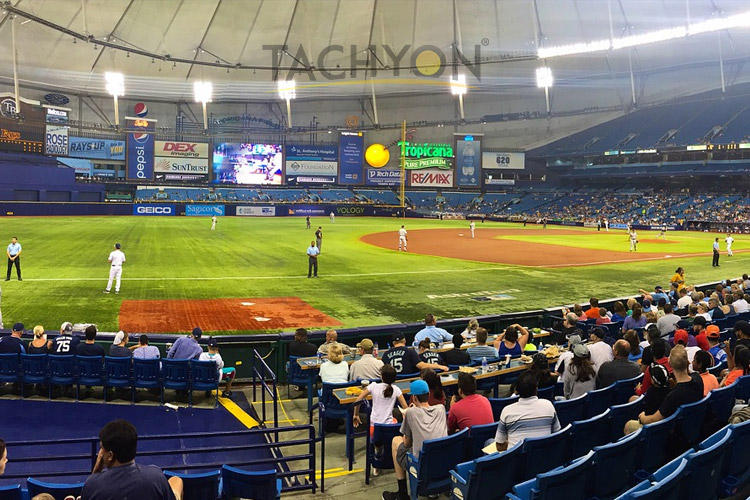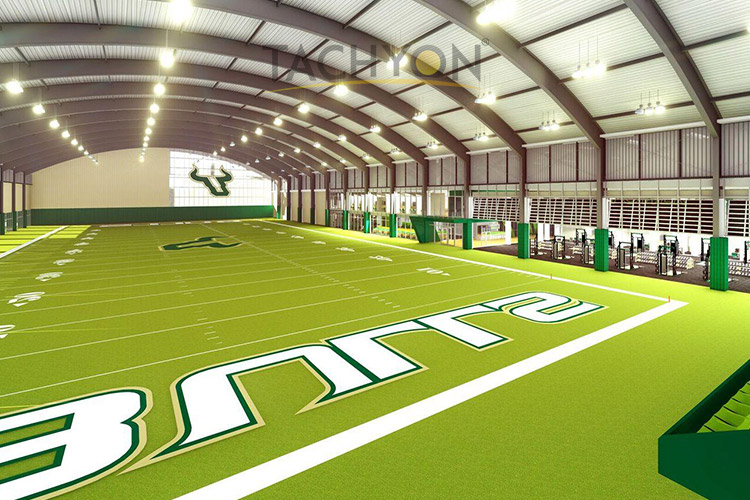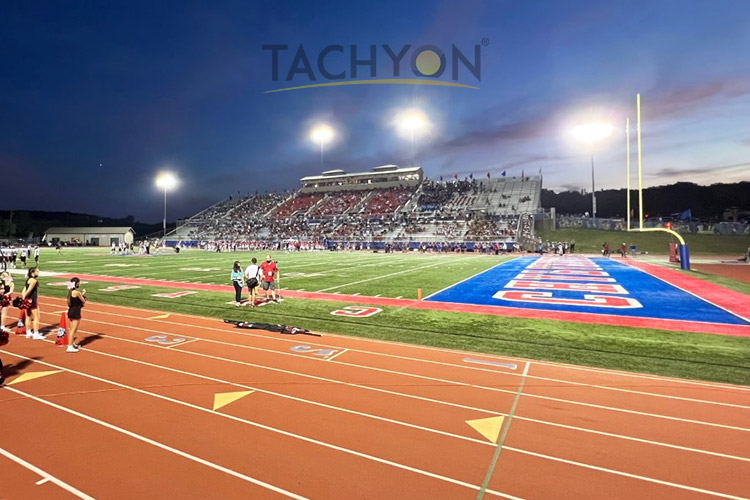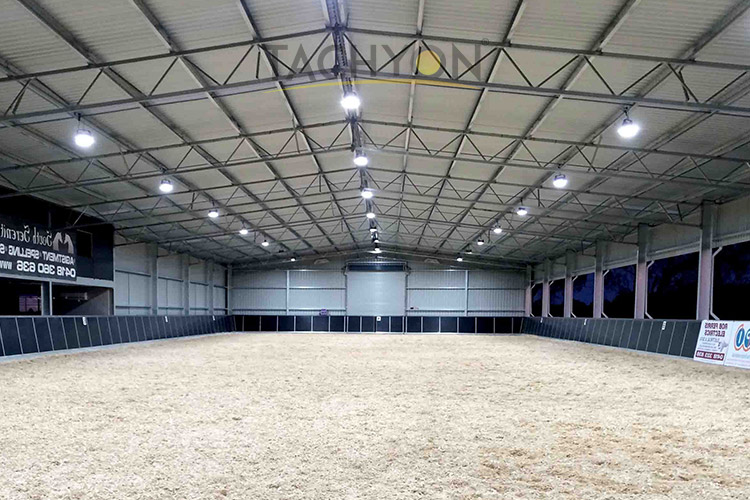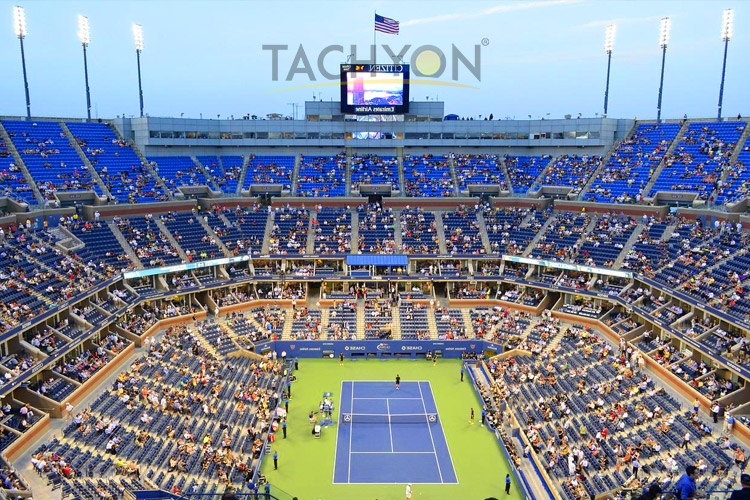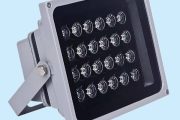How many lights do I need for my pole barn?
A good rule of thumb when installing lighting for any interior space is to plan for about 100 to 200 lm per square foot.
What is the best way to light a barn?
LED lamps offer the best visibility due to their higher lm outputs while reducing energy costs by way of lower wattages than other lamp types. They also last a long time while offering a clean, consistent light spread ideal for any location.
What’s the difference between high bay and low bay lights?
Low bay fixtures only work with ceilings that are between 12 to 20 feet high. High bay light fixtures can illuminate ceilings that are 20 to 45 feet high. The lightings also differ in strength. Low bay lighting is below 100 watts while high bay lighting can go above 100 watts.
How many lumens does a farm shop need?
As a benchmark, a minimum of 3 lm/sq. ft. is recommended for machinery storage, 50 lm/sq. ft. for shop machinery repair and 100 lm/sq.
How do you calculate garage lighting?
Measure your garage to determine your true light output needs. The Illuminating Engineering Society (IES) Lighting Handbook recommends 50 lm (a measure of light output) per square foot in residential garages and 300 lm per square foot in workshop areas.
How do you space lights in a shop?
The distance between fixtures (C) should be about 1 to 1 1⁄ 2 times (A). For example, a typical 24×24′ shop with a 10′ ceiling and 36″-high work surfaces gives you a distance of 7′ for (A).
What is an A60 bulb?
The most commonly used A-series light bulb type is an A60 bulb (or its USC equivalent, the A19 bulb), which is 60 mm (19/8 in or 2 3/8 in) wide at its widest point and approximately 110 mm (4 3/8 in) in length. Other sizes with a data sheet in IEC 60064 are A50, A55, A67, A68, A71, A75, and A80.
How much does it cost to run a dusk to dawn light?
There is no charge to install a Dusk-to-Dawn light on an existing pole that has an available power source and is approved by (SREC). If a pole needs to be installed and wire extended to it from an approved power source (usually the transformer), today’s installation cost is $275 plus $3.50 per foot of extension.
How many lumens is a dusk to dawn light?
This dusk to dawn yard light was everything it was advertised. It is a compact LED light that produces 10,000 lm which is brighter than a 250-watt Metal-Halide light it replaced in my yard. The light quality is so close to natural daylight without that annoying yellowish glow of other yard lights.
How many LED high bay lights do I need?
Use 100 watts High Bay lights and space them out every 8 to 14 feet (8 for high brightness, 14 for adequate). A 6×3 pattern for example is 18 lights for basic lighting, or go 7×3 (or 6×4/8×3 depending on wiring) for 21 to 24 lights to get a medium brightness level.
How many lumens do I need per square foot?
As a handy rule of thumb, a sitting room or bedroom will generally require around 10 to 20 lm per square foot, while a bathroom or kitchen will need a stronger level of lighting, at around 70 to 80 lm per square foot. To work out the lm you need, simply multiply the square footage of the room by this figure.
How do you hang lights on metal?
You can use an inexpensive product called a C9 clip. This inexpensive fastener will turn all of your Christmas lights into magnetic lights. You simply string your lights into the magnetic C9 clip, and the clip can be attached directly to your metal roof.
How do you hang lights on a metal shed?
First, let’s take a look at some of the different options you have for getting your lights up on your metal roof.
How do I calculate lumens lighting for a shop?
Start by measuring your space and multiply the length by the width to get your square footage. Then multiply your square footage by 70 to get the minimum lm requirement for your workshop. For example, my shop is 12′ x 16′ = 192 square feet. I would require a minimum of 192 x 70 = 13,440 lm.
How many LED fixtures do I need?
To estimate the number of lm your space will need, just multiply the square footage of your room by the number of foot-candles required for the space. For example, for a bathroom that is 64 square feet with a foot-candles range of 70 to 80, you’ll need from 70×64 to 80×64 lm, or 4480 to 5120 lm.
How many LED lights do I need for my garage?
Having between 1 to 3 lights should be more than enough for the average residential garage. By using energy-efficient, high-lm bulbs or fixtures, you’ll get the most for your money without sacrificing the visual appearance and clarity of everything.
How far apart to place can lights?
A good general rule for placement is to divide the height of the ceiling by two. The result is the amount of space to leave between each light. For example, recessed lighting spacing for an 8-foot-high ceiling would be 4 feet between each light. This will provide good spacing for general room lighting.
How far apart should light fixtures be?
The spacing between each light fixture is your ceiling height simply divided in half. For example, with a standard 8-foot ceiling, your lights should be 4 feet away from each other.
How many lights do I need for my shop?
Shops where finely detailed tasks are carried out may require up to 300 foot candles per square foot, according to the Industrial Accident Prevention Association. By contrast, a typical retail shop might need a lighting intensity of only 20 to 30 foot candles per square foot.
How do I know what size light bulb I need?
Bulb sizing is very straightforward and simple, it is based on the diameter of the bulb at its widest point, measured in eighths of an inch (⅛”). For example, the designation “T12” indicates a tubular bulb that is 12 eighths of an inch (12/8”) in diameter (or 1 ½”).
What wattage bulbs should I use?
As long as you don’t put a bulb that uses more than 60 watts in that socket you will be fine. The good news is the energy-saving bulbs that replace a 60-watt incandescent will only use 10 to 15 watts, depending on the actual bulb you buy, and give off the same amount of light.
Do pole barn outlets need to be GFCI?
Do receptacles located in a pole barn(stand alone not associated with a residential dwelling)require GFCI protection? General purpose interior receptacles, work bench area, etc. No sinks or wash tubs. Yes.
Can Romex be exposed in a barn?
Romex is a brand name of non-metal sheathing wire. To give you an overview of what the National Electrical Code (NEC) regulations state, Romex wire shouldn’t be left exposed anywhere in the house, be it the basement, attic, or the home itself.
Can you run Romex in a metal building?
Romex can be used in a metal building as long as the cable is protected through the holes in the studs with bushings. You should be careful to meet the support requirements in vertical strokes and boxes.
What are ceiling beams called?
Joists which land on a binding joist are called bridging joists. A large beam in the ceiling of a room carrying joists is a summer beam.
How many lumens does a farm shop need?
As a benchmark, a minimum of 3 lm/sq. ft. is recommended for machinery storage, 50 lm/sq. ft. for shop machinery repair and 100 lm/sq.
How do I calculate lumens lighting for a shop?
Start by measuring your space and multiply the length by the width to get your square footage. Then multiply your square footage by 70 to get the minimum lm requirement for your workshop. For example, my shop is 12′ x 16′ = 192 square feet. I would require a minimum of 192 x 70 = 13,440 lm.
How do you hang lights on metal?
You can use an inexpensive product called a C9 clip. This inexpensive fastener will turn all of your Christmas lights into magnetic lights. You simply string your lights into the magnetic C9 clip, and the clip can be attached directly to your metal roof.
How do you hang lights on a metal shed?
First, let’s take a look at some of the different options you have for getting your lights up on your metal roof.

